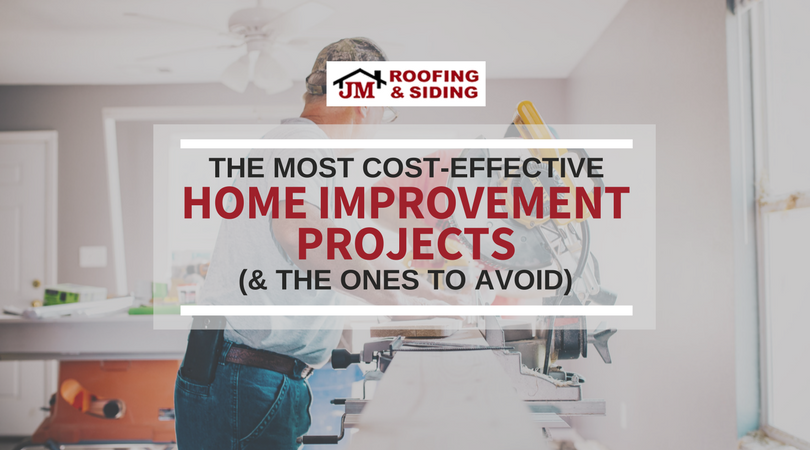Many people mistakenly think that whatever project they complete on their home will increase the selling price of the home, but this is not always the case.
When remodeling or repairing your home, there are certain projects that are much more worthy of your paycheck than others. For savvy homeowners, they don’t just want a project that will make their home look better—they want a project that will pay for itself over time. Unfortunately, homeowners don’t realize that a flashy home improvement project is not the same as a financially-sound one.
Getting a Gazebo vs. Clearing the Weeds
A homeowner can spend $10,000 on high-end landscaping—complete with a water garden and a gazebo—and see no appreciable increase in the value of the home. This can be especially true if it is in an area where these things would not be of any interest to a potential buyer. While it can beautify the landscaping and be enjoyable for the homeowner, it probably offers little value to the home itself.
By contrast, clearing the front yard of overgrowth and adding beautifying plants could cost as little as $1,500 when complete. If the yard has some overgrowth and had not been maintained from a previous owner, homeowners can see a return of twice the cost of the finished project. In this case, a $1,500 investment could reap a $3,000 increase in value.
Thinking Like a Bank
Anytime you improve a home, it is wisest to look at what projects will be an investment that a future buyer (and a bank) would consider to be something of universal appeal.
In general, the best types of home improvement projects include:
- Updating appliances
- Remodeling bathrooms
- Building room additions
- Finished basements
- Replacing old roofing or siding
- Remodeling and updating kitchens
- Replacing outdated or damaged flooring
- Building a garage
- Basic landscape beautification
- Driveway repair and resealing
By contrast, projects that do not typically add value to a home and are not cost-effective include:
- Stylistic landscaping projects
- Swimming pools
- Unusual wall or flooring choices
- Lawn sprinklers
- Fancy recessed lighting
- Exterior gazebos and sheds
When researching what home improvement projects to invest in, always start with basic improvements. These should consist of broad-appeal beautifications that anyone would enjoy, instead of things that are more suited to your taste. Not everyone wants exotic flowers in their garden path, but everyone wants updated plumbing and insulation.
If homeowners follow this simple rule, they can be confident that their investment will pay off in the future and increase their home’s value.










